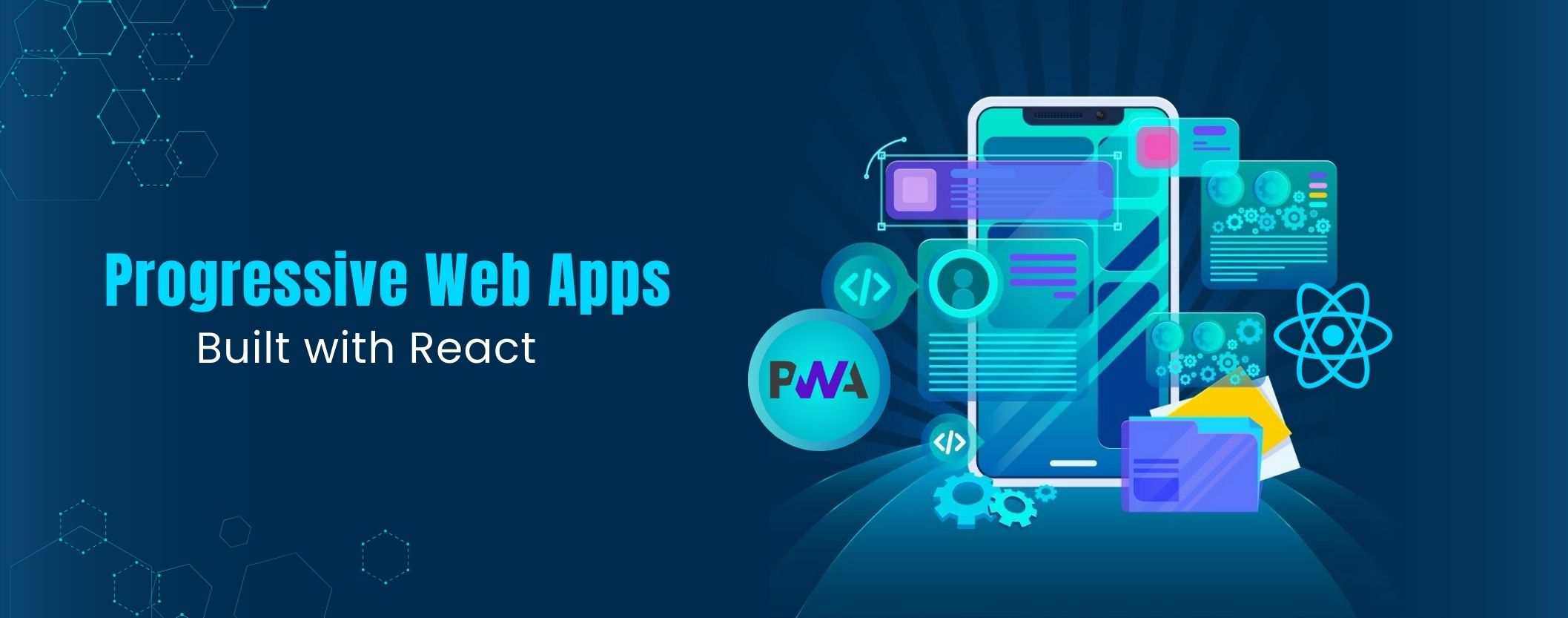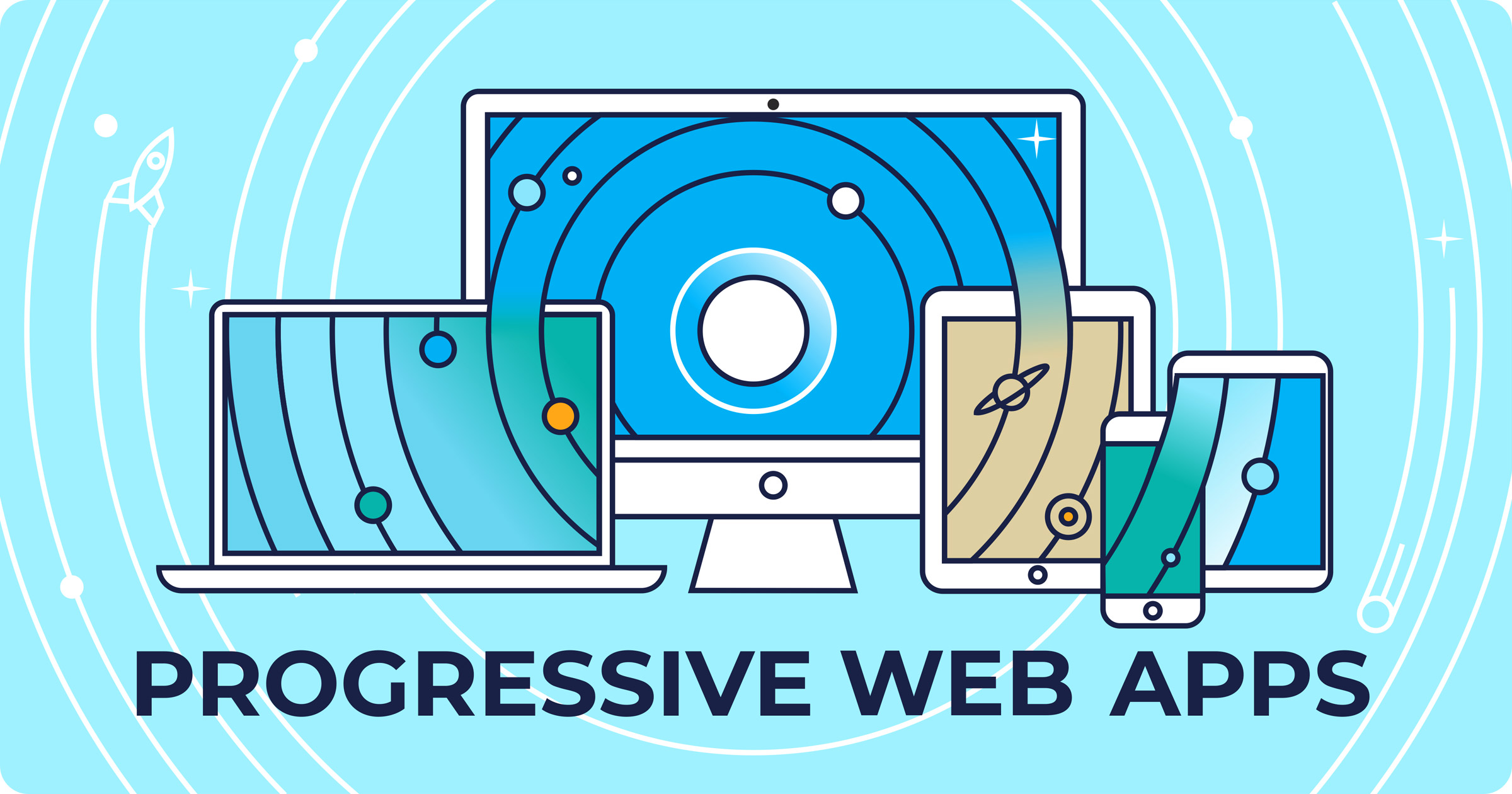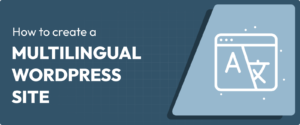In today’s fast-paced digital world, businesses are constantly seeking ways to improve user experience, increase engagement, and drive conversions. One of the most innovative solutions to emerge in recent years is Progressive Web Apps (PWAs). PWAs combine the best features of websites and mobile apps, offering a seamless, app-like experience directly through a web browser.
As we move further into 2025, PWAs are becoming increasingly popular among businesses of all sizes. In this article, we’ll explore what PWAs are, their key benefits, and why your business should consider adopting this technology.
What are Progressive Web Apps (PWAs)?
Progressive Web Apps (PWAs) are web applications that use modern web technologies to deliver an app-like experience to users. They are designed to work on any device with a web browser, offering features traditionally associated with native mobile apps, such as offline functionality, push notifications, and home screen installation.
PWAs are built using standard web technologies like HTML, CSS, and JavaScript, but they leverage advanced features like service workers and web app manifests to enhance performance and functionality.
Key Benefits of PWAs for Your Business
1. Improved User Experience
PWAs provide a fast, reliable, and engaging user experience, similar to that of a native app. Key features include:
- Instant Loading: PWAs load instantly, even on slow networks, thanks to service workers that cache resources.
- Smooth Navigation: PWAs offer smooth transitions and animations, creating a more immersive experience.
- Offline Functionality: Users can access content and perform tasks even without an internet connection.
Example:
Twitter’s PWA, Twitter Lite, loads quickly and works offline, making it a favorite among users in regions with poor connectivity.
2. Increased Engagement
PWAs boost user engagement through features like push notifications and home screen installation. These features help businesses stay connected with their users and encourage repeat visits.
- Push Notifications: Send timely updates, promotions, and reminders to users, even when they’re not actively using the app.
- Home Screen Installation: Users can add PWAs to their home screens, making them easily accessible and increasing usage.
Example:
The PWA for Starbucks allows users to order coffee and receive push notifications about promotions, driving higher engagement and sales.
3. Cost-Effective Development
Developing a PWA is more cost-effective than building separate native apps for iOS and Android. Since PWAs are built using web technologies, they require a single codebase that works across all platforms.
- Reduced Development Time: Developers can create and deploy PWAs faster than native apps.
- Lower Maintenance Costs: Updates are applied automatically, eliminating the need for users to download new versions.
Example:
Forbes reduced its development costs by 80% after switching to a PWA, while also improving load times and user engagement.
4. Better SEO Performance
PWAs are indexed by search engines, making them more discoverable than native apps. This can drive organic traffic to your website and improve your search engine rankings.
- Indexable Content: All content in a PWA is crawlable by search engines, improving visibility.
- Faster Load Times: PWAs load quickly, which is a key factor in SEO rankings.
Example:
AliExpress saw a 104% increase in conversion rates after launching its PWA, thanks to improved SEO and faster load times.
5. Cross-Platform Compatibility
PWAs work on any device with a web browser, including desktops, tablets, and smartphones. This eliminates the need to develop separate apps for different platforms.
- Consistent Experience: Users get a consistent experience across all devices.
- Wider Reach: PWAs can reach users on any platform, increasing your potential audience.
Example:
Uber’s PWA works seamlessly across devices, allowing users to book rides from any browser.
6. Enhanced Security
PWAs are served over HTTPS, ensuring that all data transmitted between the user and the server is encrypted. This enhances security and builds trust with users.
- Secure Connections: HTTPS protects against data breaches and man-in-the-middle attacks.
- Trustworthy Experience: Users are more likely to engage with a secure website.
Example:
Flipkart’s PWA uses HTTPS to ensure secure transactions, boosting user confidence and increasing sales.
7. Easy Updates
Unlike native apps, which require users to download updates, PWAs are updated automatically on the server side. This ensures that users always have access to the latest version.
- Seamless Updates: Changes are applied instantly, without requiring user intervention.
- Improved User Experience: Users don’t have to deal with the hassle of updating the app.
Example:
Pinterest’s PWA updates automatically, ensuring users always have access to the latest features and content.
How to Implement a PWA for Your Business
1. Define Your Goals
Before developing a PWA, define your goals and objectives. What do you want to achieve with your PWA? Common goals include:
- Improving User Experience: Faster load times, offline functionality, and smooth navigation.
- Increasing Engagement: Push notifications and home screen installation.
- Boosting Conversions: Streamlined checkout processes and personalized content.
2. Choose the Right Technology
PWAs are built using standard web technologies, but you’ll need to choose the right tools and frameworks for your project. Popular options include:
- React: A JavaScript library for building user interfaces.
- Angular: A framework for building dynamic web apps.
- Vue.js: A progressive framework for building user interfaces.
3. Develop and Test
Work with your development team to build and test your PWA. Key steps include:
- Implement Service Workers: Use service workers to enable offline functionality and caching.
- Create a Web App Manifest: Define your PWA’s metadata, such as its name, icons, and theme colors.
- Test Across Devices: Ensure your PWA works seamlessly on all devices and browsers.
4. Launch and Monitor
Once your PWA is ready, launch it and monitor its performance. Use analytics tools to track key metrics like:
- User Engagement: Time spent on the app, repeat visits, and push notification interactions.
- Conversion Rates: Sales, sign-ups, and other desired actions.
- Performance: Load times, offline usage, and error rates.

Real-World Examples of Successful PWAs
1. Twitter Lite
Twitter’s PWA, Twitter Lite, offers a fast, lightweight alternative to its native app. It loads quickly, works offline, and uses less data, making it ideal for users in regions with poor connectivity.
2. Starbucks
Starbucks’ PWA allows users to browse the menu, customize orders, and add items to their cart, even offline. Push notifications remind users to complete their orders, driving higher engagement and sales.
3. Pinterest
Pinterest’s PWA provides a seamless, app-like experience with fast load times and smooth navigation. It has significantly increased user engagement and time spent on the platform.
Conclusion
Progressive Web Apps (PWAs) offer a powerful solution for businesses looking to improve user experience, increase engagement, and drive conversions. By combining the best features of websites and mobile apps, PWAs provide a fast, reliable, and engaging experience that works across all devices.
As we move further into 2025, the adoption of PWAs is expected to grow, making them a valuable tool for businesses of all sizes. By implementing a PWA, you can stay ahead of the competition, reach a wider audience, and achieve your business goals.
Read More: The Role of Blockchain Technology in Web Development
High-Authority External Links:
- Google’s PWA Guide – A comprehensive resource for building and optimizing PWAs.
- Mozilla’s PWA Documentation – A guide to understanding and implementing PWAs.





